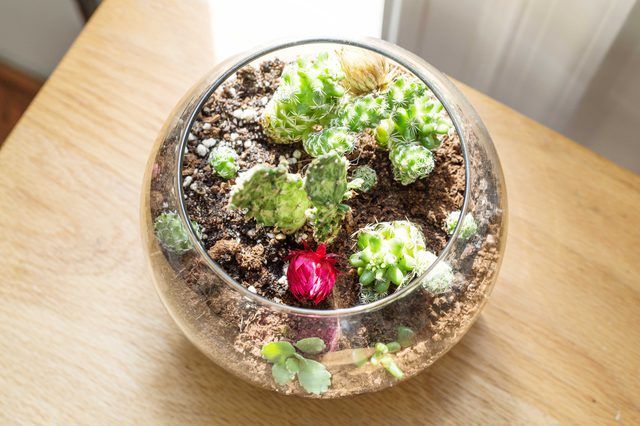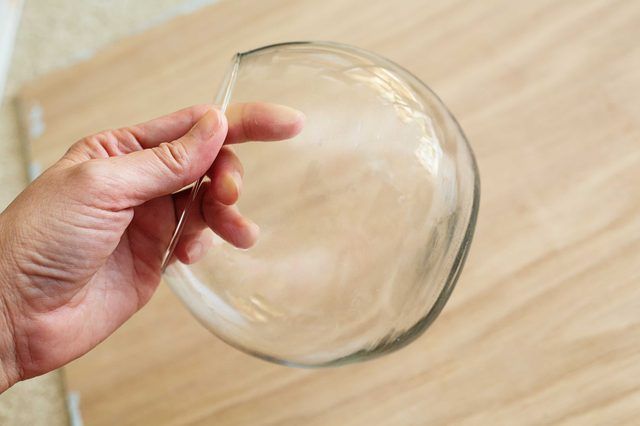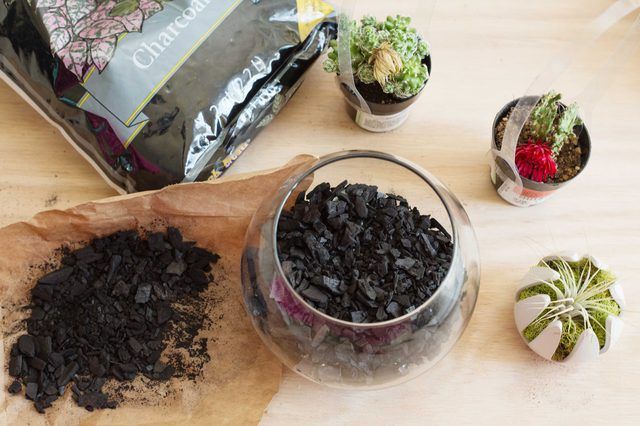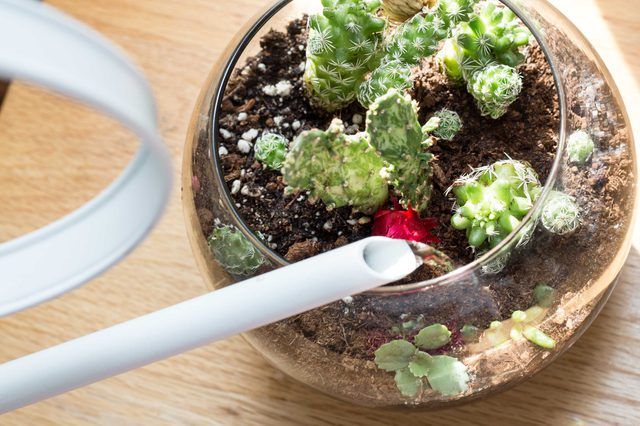Bulbs
Flower Basics
Flower Beds & Specialty Gardens
Flower Garden
Garden Furniture
Garden Gnomes
Garden Seeds
Garden Sheds
Garden Statues
Garden Tools & Supplies
Gardening Basics
Green & Organic
Groundcovers & Vines
Growing Annuals
Growing Basil
Growing Beans
Growing Berries
Growing Blueberries
Growing Cactus
Growing Corn
Growing Cotton
Growing Edibles
Growing Flowers
Growing Garlic
Growing Grapes
Growing Grass
Growing Herbs
Growing Jasmine
Growing Mint
Growing Mushrooms
Orchids
Growing Peanuts
Growing Perennials
Growing Plants
Growing Rosemary
Growing Roses
Growing Strawberries
Growing Sunflowers
Growing Thyme
Growing Tomatoes
Growing Tulips
Growing Vegetables
Herb Basics
Herb Garden
Indoor Growing
Landscaping Basics
Landscaping Patios
Landscaping Plants
Landscaping Shrubs
Landscaping Trees
Landscaping Walks & Pathways
Lawn Basics
Lawn Maintenance
Lawn Mowers
Lawn Ornaments
Lawn Planting
Lawn Tools
Outdoor Growing
Overall Landscape Planning
Pests, Weeds & Problems
Plant Basics
Rock Garden
Rose Garden
Shrubs
Soil
Specialty Gardens
Trees
Vegetable Garden
Yard Maintenance
How to Make a Cactus Terrarium
How to Make a Cactus Terrarium. The first terrariums were closed systems enclosed in glass designed to maintain high humidity for tropical plants. Plants grew in fertile, peat-heavy organic soil and, when the “glass house” worked efficiently, seldom needed water because the plants recycled moisture. Open the top on a traditional...
The first terrariums were closed systems enclosed in glass designed to maintain high humidity for tropical plants. Plants grew in fertile, peat-heavy organic soil and, when the "glass house" worked efficiently, seldom needed water because the plants recycled moisture. Open the top on a traditional terrarium and you'll expose plants to conditions more akin to a desert than a rainforest. With a few other adaptations, a terrarium can showcase cacti and succulents.

The Victorians' Wardian cases were little houses of glass with hinged roofs or doors that created a sealed environment, notes the University of Missouri Extension Service. Some evolved to be greenhouse conservatories and some came indoors as terrariums. For desert plants, you'll want to take the top off a terrarium. Use the most open container you can find, such as a shallow aquarium or globe with a wide opening at the top. If you're skilled in working with glass, cut off the top of a commercial water bottle on an angle and grind the edges. Choose clear glass as colored glass does not efficiently transmit light. Whatever your choice, find a container for desert plants that maximizes light and minimizes enclosure.

Cacti and other succulents are high-light, moisture-retentive plants, but they need nutrition drawn from the soil just like other plants. Line the bottom of the desert terrarium with marbles and a layer of horticultural charcoal. Fill it with an equal mixture of sharp sand, peat and sterile potting soil. You might also mix equal parts of prepared cactus mixture for houseplants and sand to provide better drainage than needed in a pot with a drainage hole. Plants only need two to three inches of soil – cactus roots are short.

Populate your little world with water-thrifty cacti only. In a large terrarium, you might want to add a low-growing succulent such as hens and chicks (Sempervivium tectorum), hardy in U.S. Department of Agriculture zones 3 through 8, for a ground cover. Cacti are slow growers, so select plants for the terrarium that are close to their desired size at planting time. Cactus' thick, waxy skin traps moisture and tolerates bright light. Choose from the variety of looks this group can offer -- smooth, bumpy, bristled or spiked skins on upright or squat plants. In the right exposure near a south window, cacti might bloom in white, yellow or red; group blooming plants for a potential display. Cacti suitable for growing inside a terrarium are bunny ears (Opuntia microdasys, hardy outdoors in USDA zones 8 through 11) and red crown cactus (Rebutia minuscula, hardy outdoors in USDA zones 9 through 10). Lightly water the terrarium after planting to moisten the roots, but do not saturate the growing medium where there is standing water or root rot can develop.

Cactus, although drought tolerant, needs water and nutrients like other plants -- it just uses both more efficiently. Withhold water for one week after planting, then water lightly only when soil is completely dry. Do not overwater or the cacti will die. Water during winter only when cactus skin begins to shrivel. Terrarium cactus might not need any fertilizer; you don't want it to outgrow its space too soon. If plants turn pale, give them a monthly feeding of the teaspoon-per-gallon of water type of houseplant fertilizer only during active growth from April through August.
